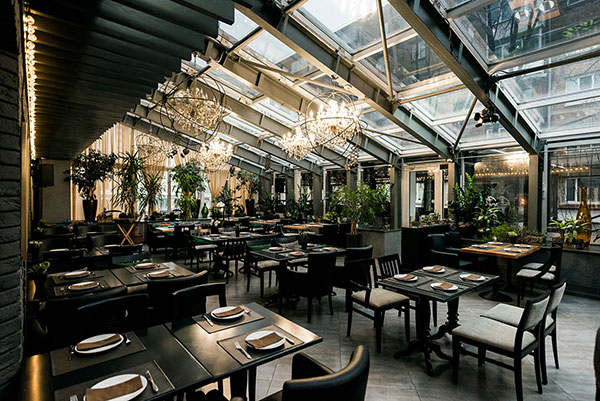Many restaurant owners are turning to loyalty programs to expand and retain their customer base. But are the costs of keeping the program running and offering the requisite discounts fully made up in the increase in sales? Participation in these programs, especially since they have gone online and mobile, has risen. Before the advent of mobile programs, most restaurants used punch or stamp cards, which required their patrons to have something physical on them at all times, and in reality, did little for the restaurants, and a lot for the consumer. Mobile punch cards are more interactive, and restaurants even have the ability to send out updates and reminders geared only towards those in their loyalty network, which is a great incentive for customer to become part of the program.
Loyalty Programs Bring A Better Return on Investment
Compared to other marketing strategies, a mobile loyalty program is fairly low maintenance and low cost. Unlike television and online media campaigns, the message sent to customers is much more pointed and relevant, making customers much more likely to use them, for example, coupons. The investment is smaller, and, yes, the audience is smaller, but the audience is also ready and willing to receive the message. The people who opt-in to a restaurant’s loyalty program are those who want to hear company updates and receive those coupons, and they’re the ones who are going to use them.
Loyalty Programs Increase Sales
With the shift to mobile programs, restaurants can now remind customers about their great menu and specials. Often, all consumers need to see is the name of a restaurant around the time they are trying to decide what to have for dinner, and they will be inspired to choose that restaurant. That is why there is an increase in food-service related commercials late in the day. Loyalty programs can implement this same strategy, by sending coupons and promotional information later in the afternoon, influencing the choices of those who receive the messages. It may sound a little devious, but if you are looking for an increase in sales, hitting your most loyal customers with a well-timed reminder is the perfect way to get them back inside your doors.
Loyalty Programs Bring Back Repeat Diners
In the same vein as an increase in sales, a loyalty program can turn an occasional patron into a frequent diner. When he/she gets the coupons right on their phone, thoughts of other places to eat will be pushed from their mind, and your restaurant will be pulled to the forefront. American consumers are especially obsessed with the idea of value, and when you make it valuable for a consumer to return to your establishment, they are much more likely to do so. Even the perception of greater value over another restaurant will create the incentive to choose your restaurant over a competitor. Repeat customers are the lifeblood of most businesses. Making and keeping consumers happy through a loyalty program that rewards them for their continued business is a great way to achieve this.
Loyalty Programs Create Happier Diners
Again, the idea of value is tied in to happier customers. There is the perception that customers get something back from the restaurant when they participate in these programs, and they do. They get coupons, information, news, and promotions that those who do not participate in the program may never see. While the real benefactor is the restaurant, because of the increased sales, the customer also feels that they benefit from giving their information and time to a restaurant that they enjoy. Plus, everyone likes to feel that they are part of an exclusive club. The fact that they get to use coupons that those without the program do not get to use creates the sense of exclusivity. And customers are more likely to purchase from establishments that make them feel special than from those that do not.
Loyalty Programs Give Restaurants The Ability to Connect Directly with Customers
One of the past problems with marketing campaigns is a difficultly in making the message personally relevant to every consumer. Personal consumer relevance is what often transforms an idea planted by the advertisement into an action taken by the consumer. Loyalty programs, because they focus on specific geographic locations and on people who have already shown interest in a specific product, are much more focused when it comes to message dissemination.
That more personal connection will help turn one-time customers into repeat customers. The levels of personalization that these loyalty programs provide are great for a varied list of restaurants. Establishments like Chipotle’s often have games their patrons can play while they wait for their food. Others have an interactive coupon (scratch-off or animated) that, again, creates a more engaging experience.
Overall Benefits
Loyalty programs create a personal relationship between a restaurant and its customers. This personal relationship is encouraged by opt-in messaging and QR scanning—that is, instead of being constantly bombarded with information (which is the downfall of many other marketing programs), the customer decides what information they want and when. They choose how many messages they get and whether they want corporate news along with their coupons.
With a QR scan or loyalty app, the customer decides when they want to interact with you. This level of control makes them more likely to actually interact. The more the customer interacts, the more likely they are to spent money in your establishment. Loyalty programs don’t just create repeat customers, they increase sales overall and give the customer a more personalized experience.
